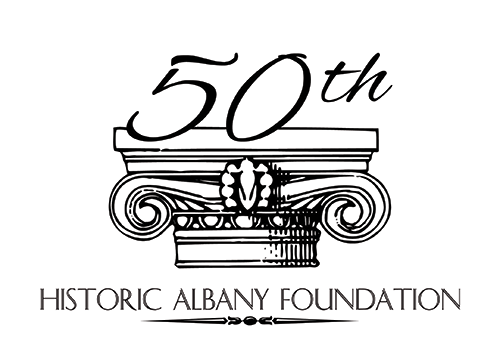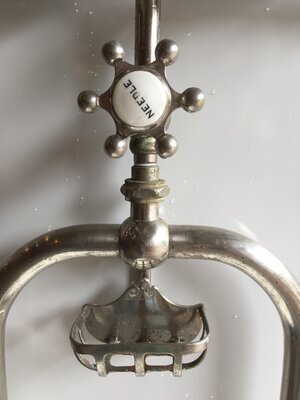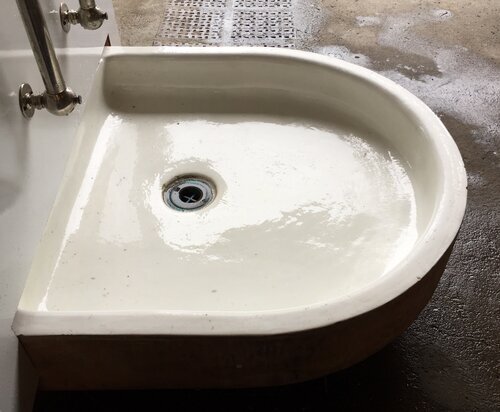Spite Houses & Tiny Houses
/Equality House
Topeka, Kansas
Spite Houses are buildings that are constructed to annoy, irate or “spite” neighbors. Often, these buildings were constructed in such a way as to obstruct views or access to sunlight. On some occasions, Spite Houses were built alongside property lines to provoke neighbors. In some instances, Spite Houses are used to protest. One famous modern example of a spite house would be the Equality House in Topeka Kansas. This building was decorated with the rainbow pride flag to celebrate the LGBTQ + community. It happens to be across the street from the Westboro Baptist Church, an institution that promotes homophobia, amongst other prejudiced views.
The Miracle House
Freeport, NY
In other instances, spite houses are built to protest conforming to town or city ordinances. The Miracle House, a home in Freeport, NY, was constructed in 1902 over the course of one day. The developer of the property, John Randall, built the house on a triangular plot of land, forcing city planners to divert from their straight-line construction project. “Randall "maintains that a straight line would reduce his frontage of land so as to make it worthless," wrote The Brooklyn Daily Eagle on March 5, 1902.” (Chamoff - A Freeport House with a Quirky History.)
Tiny Houses
Occasionally, Spite Houses are built in extremely confined, small plots of land. The result is typically a bizarrely small or narrow home that was designed to either block access to a street, or to block the view of whoever was the target of the “spite.” The Skinny House in Boston, Massachusetts is a perfect example of such a home: According to local legend, one of two brothers that owned the land built a large house on the property; the other brother, who disagreed with the project, decided to build a 10-foot-wide by 30-foot-long house to block the view of the harbor and sunlight.
The Skinny House
Boston, MA
Nowadays, people are designing and building their own tiny houses to protest in another way. The tiny home is now a statement against materialism and consumerism. The tiny house movement was started by people who longed for a simpler way of living, that revolved around decluttering their lives and living within their means. Another reason why people are now opting to live in tiny houses is to reduce their carbon footprint. Yet another is for mobility; some people choose to build their tiny homes on wheels, so that it can be taken essentially anywhere. A typical tiny home that is constructed from scratch rarely surpasses 500 square feet, but there is no shared consensus as to when a “tiny house” becomes a “small house.” Whether they are tiny homes or little houses, there is a shared history between the little houses of a bygone era and the anti-materialistic tiny home movement of today.
Historically, various peoples around the world utilized little houses for mobility and practicality. Mongolian Yurts constructed by the peoples of central Asia and the Eurasian Steppes are portable and dependable. They are circular structures made out of poles adorned with felt or animal hide, and can easily be taken down and rebuilt when the nomadic people move with migratory animals.
Georgetown Historic Shotgun House
Georgetown, TX
Within the United States, homes were generally smaller in size and corresponded with availability of resources and practicality. Shotgun houses in the American South, particularly in Louisiana, are an example of smaller homes that were built due to their practicality. Shotgun houses are generally up to 12 feet wide, with rooms extending directly behind the facade without a hallway in the home. These efficient, smaller homes were used in areas with a dense population that were inhabited by working class people. The architectural style of shotgun houses was introduced in New Orleans by the Afro-Haitian community in the 19th century.
In the city of Albany, NY, there are some fascinating historical homes that are either rather small, or unique in shape. These houses are located at 303c State Street, 27 Wilson Street, 172 ½ Washington Avenue, 77 Westerlo Street and 229 Elm Street.
27 Wilson Street
Albany, NY

















